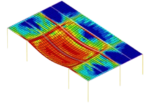Economic Impact of Performance-Based Fire Design of Composite Steel Frame Structures

Prescriptive design vs. Performance-based design (PBD)

Prescriptive composite floor design
Prescriptive Design relies on standardized solutions, offering limited flexibility and focusing on each structural member individually.
For composite floor systems, all the beams are protected to meet the standard requirement.

Performance-based composite floor design
PBD provides a goal-oriented approach to develop safe, innovative, and resilient structural fire designs. Structural engineers have higher flexibility to achieve optimal solutions through application of science-based, advanced methods.
For composite floor systems, secondary beams can be left unprotected with fire performance achieved through activation of tensile membrane action in the floor, designing for a robust system-level response.
Explore The Cost-Benefit
While the technical advantages of PBD for designing structures under fire have been highlighted in research and real-world projects, the economic implications of adopting such designs remain understudied. A lifetime economic impact analysis is essential to comprehensively evaluate the benefits and trade-offs of PBD compared to traditional prescriptive methods.
Our Mission
- Develop an assessment methodology and create an assessment tool to measure the lifetime costs of structural designs and fire protection features in buildings.
- Establish a set of prototype steel-concrete composite buildings designed according to prescriptive and performance-based fire design approaches for use as case studies.
- Evaluate the economic impact of different structural fire designs on the building prototypes in terms of construction cost (i.e., initial investment), construction time, and lifetime cost.
- Identify design methods and provisions minimizing the construction cost and maximizing the lifetime utility.
-
Create interactive online visualization tools to communicate the outcomes to building industry stakeholders and inform about the value and use of research on performance-based structural fire design.
Resources
To support our cost-benefit analysis, we validated our models against recent full-scale experimental tests conducted at the NIST.
We implemented our method in a step-wise web tool to facilitate the calculation.
We compiled a construction cost database to support the evaluation of the construction costs.
We also developed a set of fire fragility functions with different design parameters to enable the estimation of fire-induced damage losses.
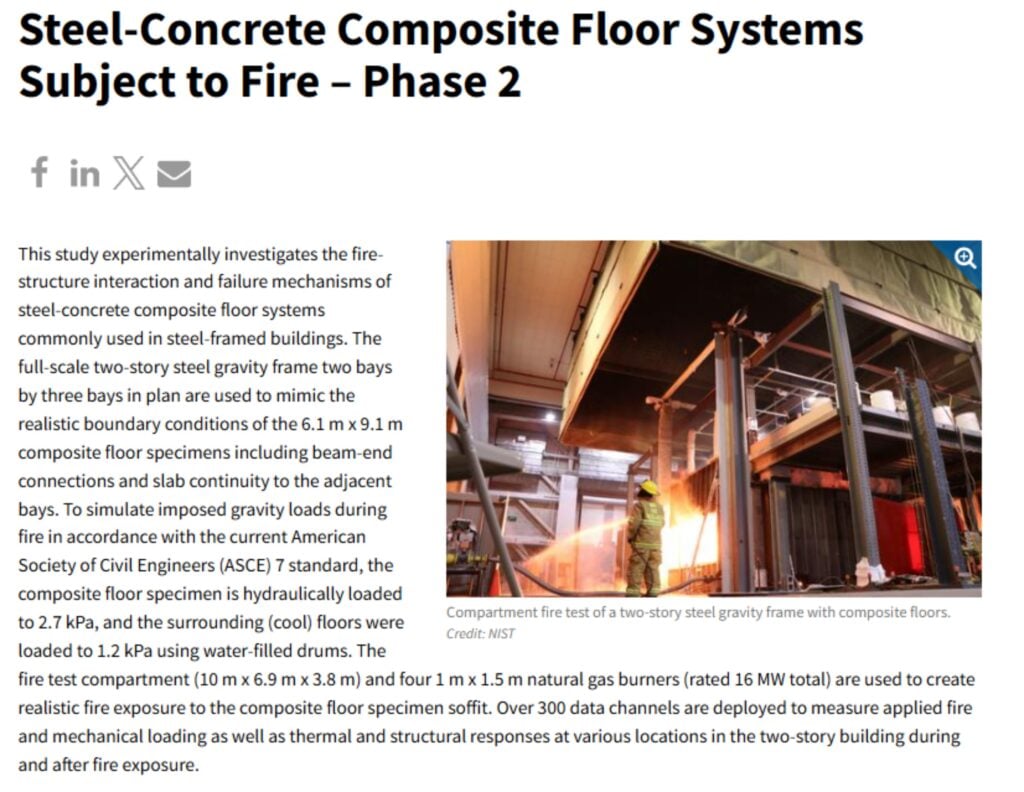
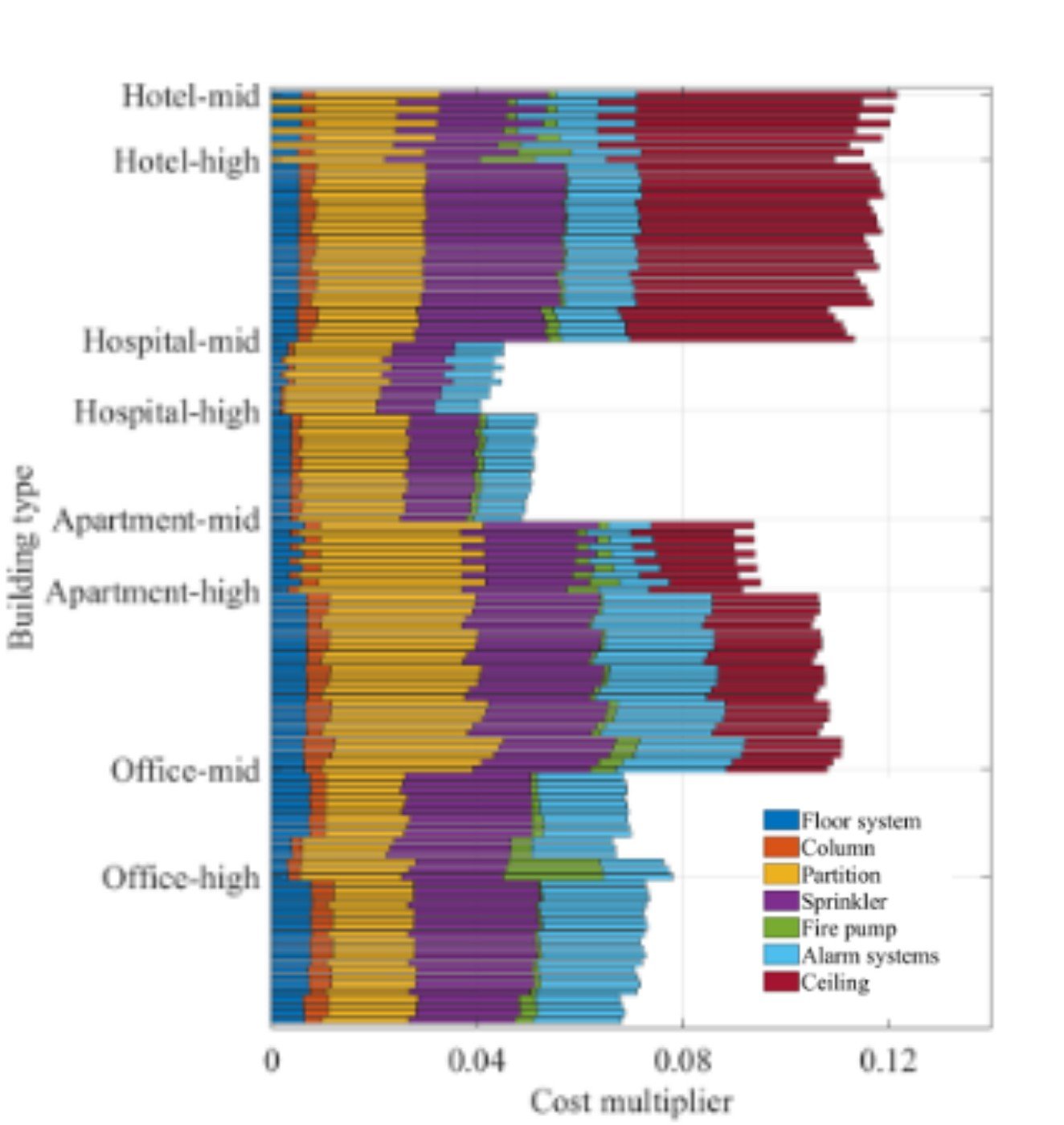
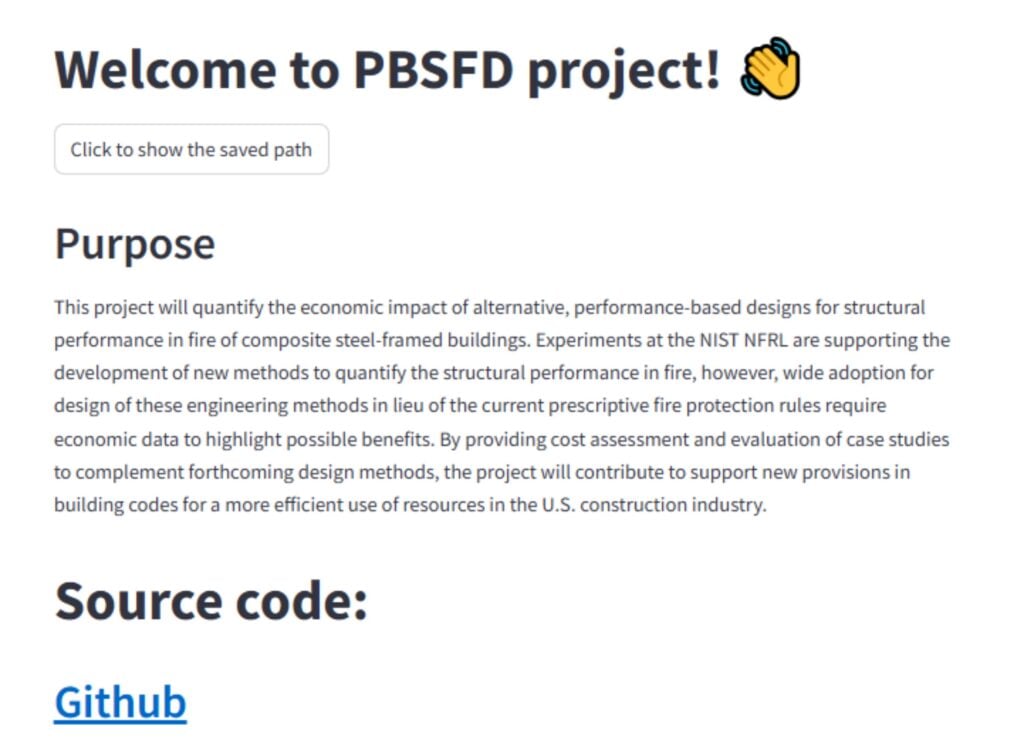
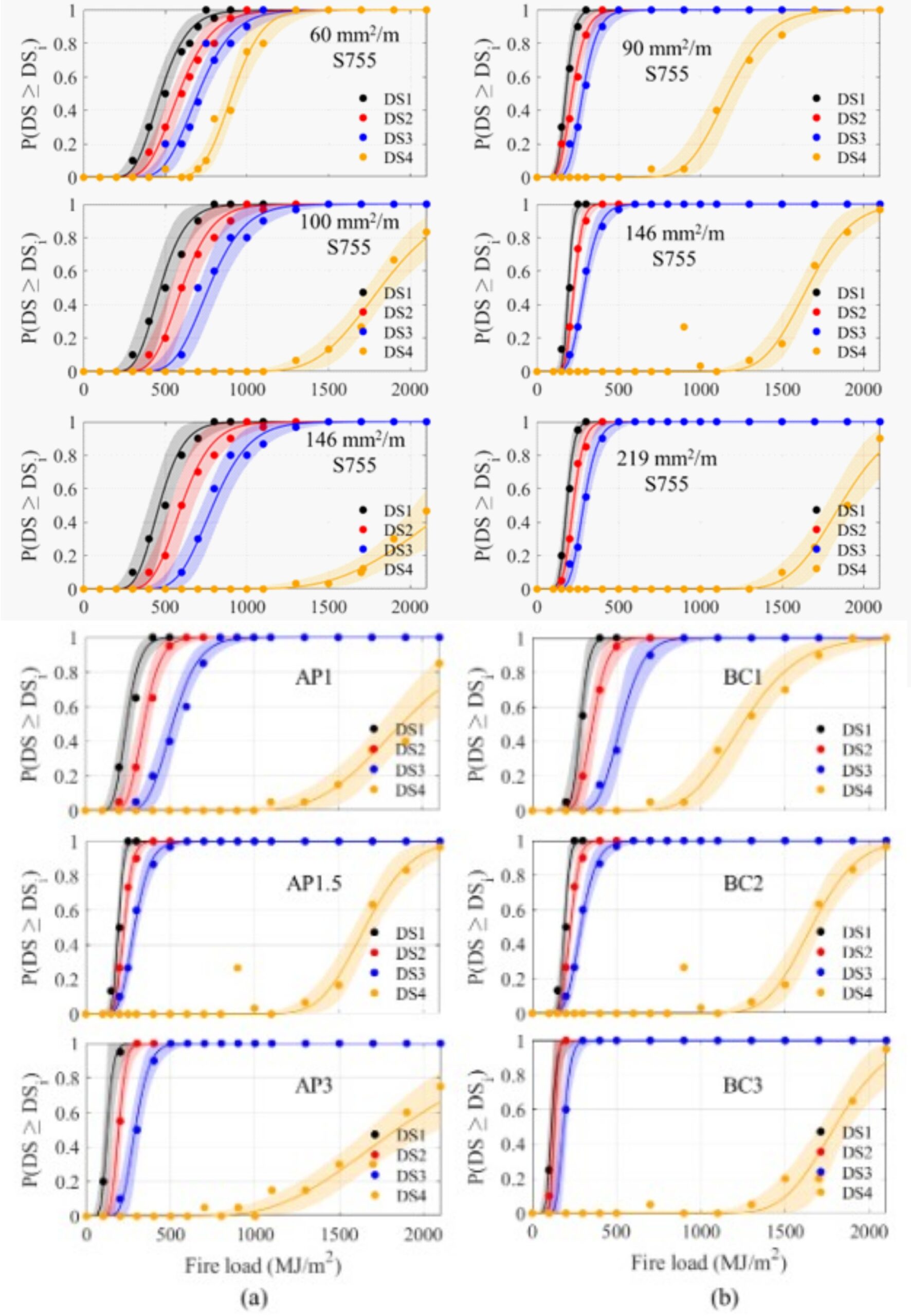
Team

Thomas Gernay
Principal Investigator
Thomas Gernay is an Assistant Professor at Johns Hopkins University, where he founded and leads the Multi-Hazard Resilient Structures group. He is an active contributor to professional committees in structural fire engineering including as the Co-Chair of the ASCE SEI Fire Protection committee, the Convener of the fib task group on Performance-Based Fire Design, the Vice-Chair of the Thin-Walled Structures task group for the Structural Stability Research Council, and a voting member of the ACI 216 Fire Resistance committee. His research has been recognized by numerous awards including the NSF CAREER award, the AISC Early Career Award, the NFPA Foundation Medal, and both the Magnusson Award and the Best Thesis Award from the IAFSS. Thomas is a co-developer of the finite element software SAFIR for modeling structures in fire.

Chenzhi Ma
PhD Candidate
Chenzhi is a PhD student at Johns Hopkins University, where he works on building fire risk assessment and developed a framework and web tool for quantifying the economic impact of performance-based fire design of composite steel frame structures. Before joining Johns Hopkins University, he completed his bachelor’s degree at Central South University and his master’s degree in civil engineering at Tongji University in China, focusing on seismic risk reduction. He has received honors including the Excellent Master Thesis at Tongji University and Outstanding Undergraduate of Central South University, and he was also the recipient of the Richard D. Hickman Fellowship.
